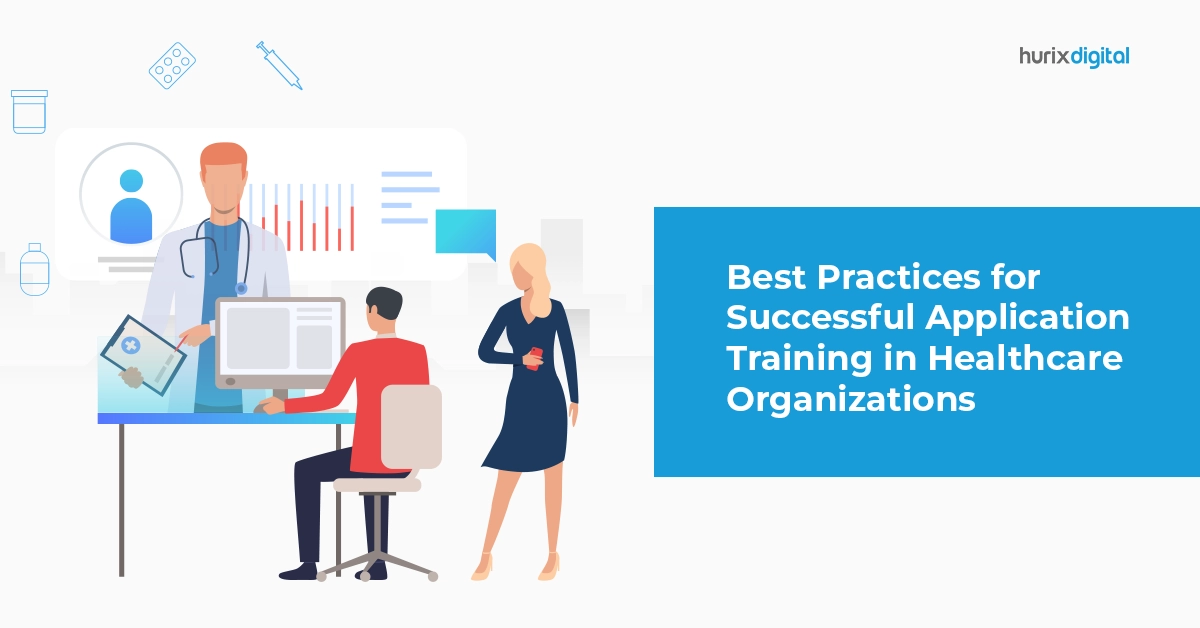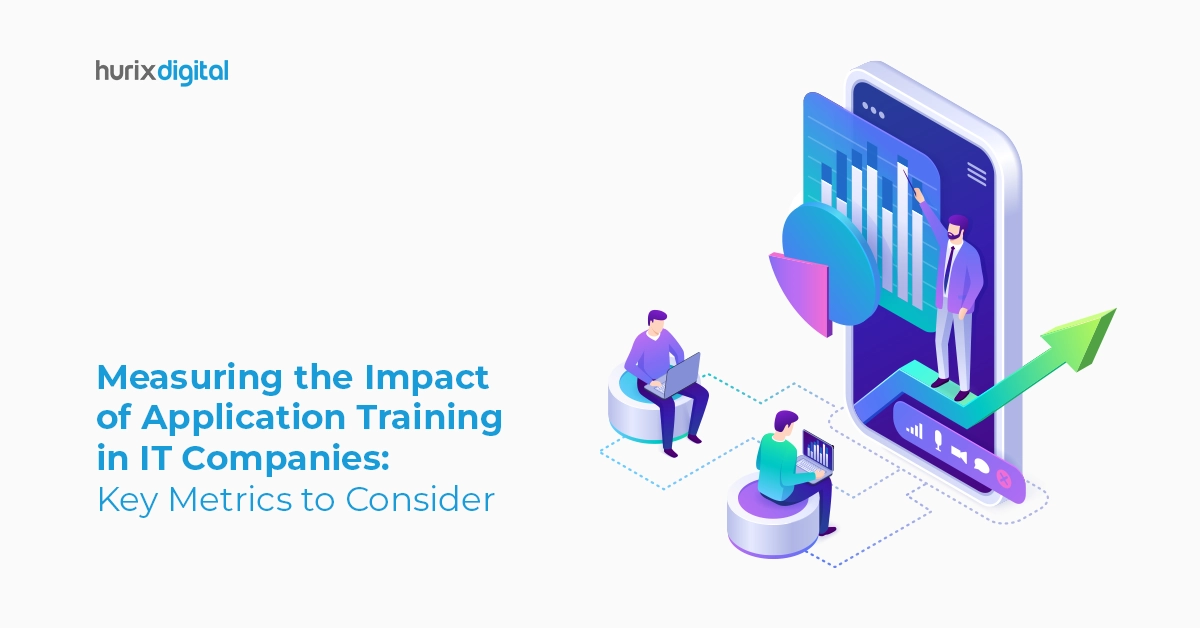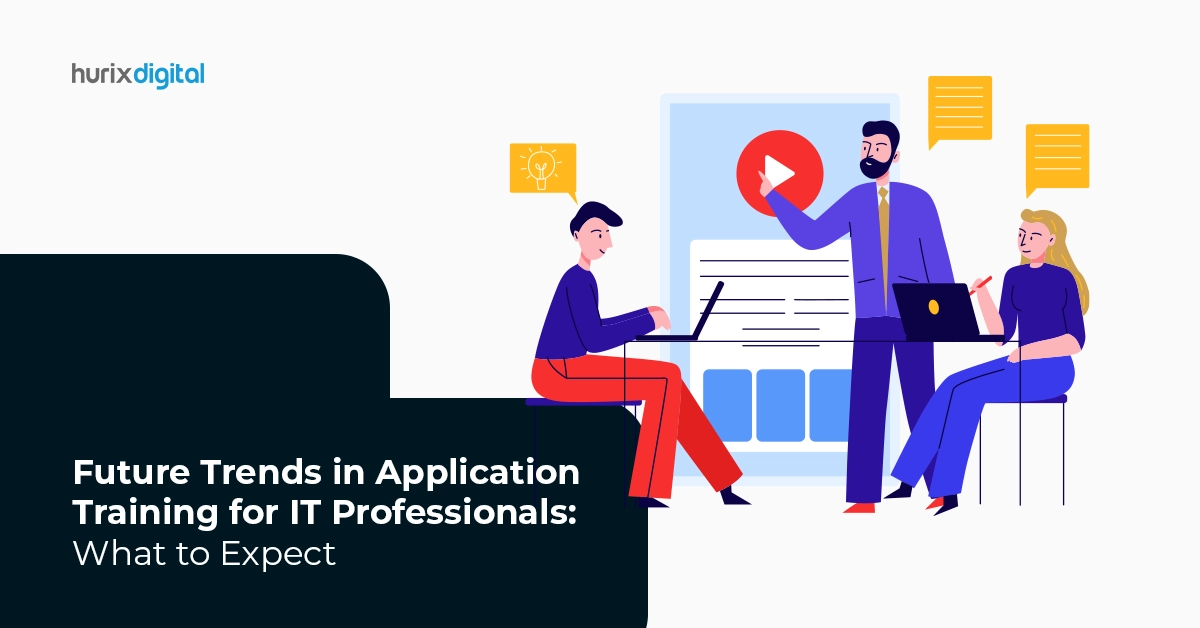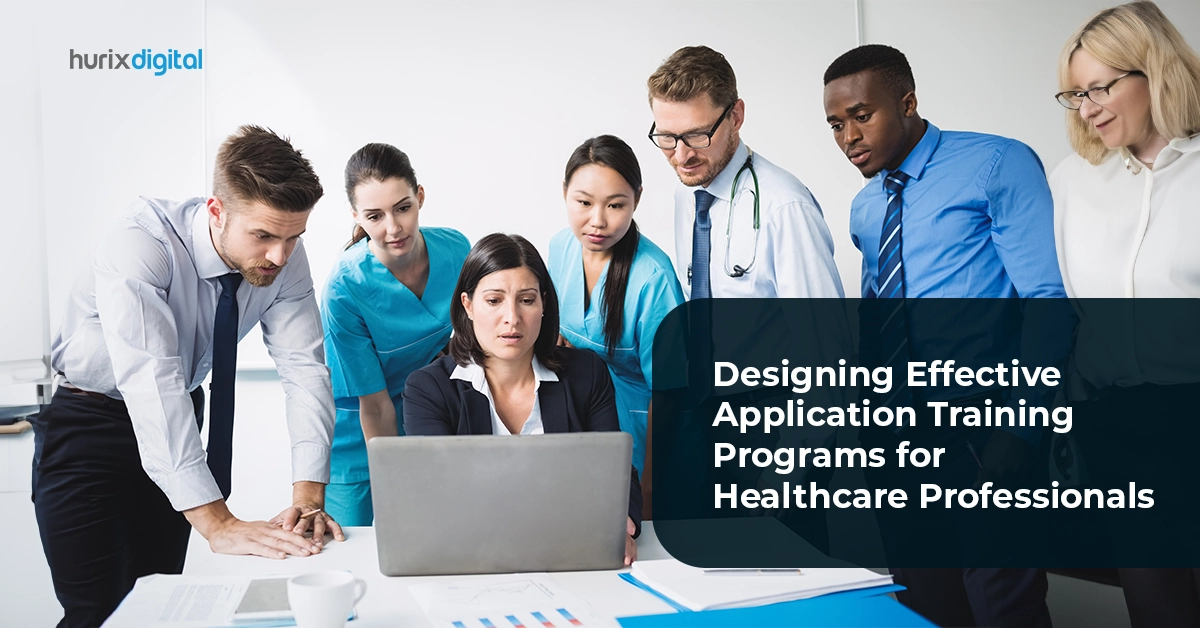Summary
Optimal application training in healthcare entails tailored content, interactive methods, and ongoing support. Utilize real-life scenarios for practical understanding. Ensure trainers possess clinical expertise and effective communication skills. Employ a blend of in-person and digital platforms for flexibility. Regular evaluation and feedback mechanisms foster continuous improvement.
In the dynamic world of healthcare, the efficient use of specialized applications is vital for delivering high-quality patient care. It is not merely an advantage but a necessity. Effective Application Training ensures that healthcare professionals are well-equipped to navigate and utilize critical software and tools. Designing a Training Program tailored to the unique needs of healthcare professionals can significantly enhance their ability to provide top-notch patient care. This blog will delve into the critical aspects of Application Training, emphasizing its pivotal role in Healthcare Workforce Learning, and provide a comprehensive guide on best practices for a successful program.
Table of Contents:
- What is Application Training?
- Why is Application Training so important in Healthcare Workforce Learning?
- Best practices for an effective application training program in healthcare organizations
- Conclusion
What is Application Training?
Application Training is a targeted educational program aimed at equipping healthcare professionals with the knowledge and skills required to proficiently use specialized software and tools relevant to their roles. It encompasses hands-on training, simulations, and practical exercises, ensuring that professionals are adept at navigating and utilizing critical applications in their day-to-day tasks.
Why is Application Training so important in Healthcare Workforce Learning?
The demand for proficient use of technology in healthcare has never been more pronounced. Therefore, healthcare employee training has to evolve with the fast-evolving nature of healthcare applications, which necessitates ongoing Training for Healthcare Professionals. Here’s why it holds paramount importance:
1. Enhanced Patient Care:
Professionals adept in using specialized applications can provide more efficient and accurate patient care. For instance, a nurse proficient in utilizing Electronic Health Records (EHR) systems can access patient information swiftly, ensuring timely and precise care.
2. Improved Operational Efficiency:
Well-crafted Employee Training Programs focused on application usage translate to increased productivity. When healthcare professionals are skilled in using software, they can perform tasks more efficiently, saving valuable time and resources.
3. Error Reduction:
In healthcare, precision is paramount. Application Training significantly reduces the likelihood of errors that can arise from unfamiliarity or misuse of critical software. For example, a radiologist well-versed in medical imaging software is less likely to misinterpret results.
4. Compliance and Security:
Handling sensitive patient information requires strict adherence to privacy regulations. Application Training ensures that professionals understand and implement best practices for safeguarding patient data, thereby maintaining compliance with legal and ethical standards.
Also Read: Top 5 Must-Have Features for Effective Healthcare Training
Best practices for an effective application training program in healthcare organizations
1. Customization for Roles and Specialities:
Tailor the training content to address the specific applications relevant to each role. Whether EHR systems for nurses or medical imaging software for radiologists, customization ensures that professionals receive training that directly applies to their daily tasks. Tailor the training content to suit the specific roles and specialties within the healthcare organization. For instance, a medical billing specialist may require in-depth training in billing software, while a nurse might focus on patient management systems. This customization ensures that professionals receive training relevant to their responsibilities.
Example: In a large hospital, different departments like radiology, billing, and nursing may use distinct applications. By customizing training content, each department can focus on the applications most pertinent to their tasks.
2. Hands-On Training and Simulations:
Provide ample opportunities for hands-on training and simulations. Practical exercises allow healthcare professionals to engage with the applications in a controlled environment actively. This hands-on experience builds confidence and proficiency, preparing them for real-world scenarios.
Example: In a simulation, a nurse can practice using an Electronic Health Records (EHR) system to update patient records, ensuring accuracy and efficiency in real patient interactions.
3. Role-Based Training Tracks:
Recognize that different roles within a healthcare organization may require varying levels of proficiency with different applications. Create role-specific training tracks that address the unique requirements of each position. This ensures that professionals receive training that aligns with their responsibilities and responsibilities.
Example: A radiologist may need intensive training in medical imaging software to interpret and analyze images accurately, while a medical receptionist may focus on appointment scheduling applications.
4. Continuous Learning Strategies:
Healthcare technology is dynamic, with frequent updates and advancements. Incorporate a strategy for continuous learning and updates into the training program. Provide access to resources, webinars, and knowledge-sharing sessions to keep professionals abreast of the latest features and best practices.
Example: A quarterly webinar series on the latest updates in Electronic Medical Record (EMR) systems ensures that healthcare professionals are well-informed and proficient in utilizing the system’s full capabilities.
5. Feedback Mechanism:
Encourage trainees to provide feedback on the training program. This feedback is invaluable in identifying areas that may require additional focus or improvement. It also helps refine the training content to suit the needs of the healthcare professionals better.
Example: After a training session on a new prescription management application, nurses can provide feedback on any challenges they face in navigating the system. This input can be used to improve future training sessions.
6. Assessment and Certification:
Regular assessments validate the proficiency of healthcare professionals in using applications and serve as a motivator for continuous learning. Consider implementing certification programs that recognize and reward professionals for their expertise. This formal recognition can boost their morale and further encourage ongoing skill development.
Example: A certification program for an advanced telemedicine platform can signify that a healthcare professional is proficient in providing virtual consultations, enhancing their credibility in the field.
7. Integration with Workflow:
Ensure that the training program aligns seamlessly with the workflow of healthcare professionals. This integration minimizes disruption and allows professionals to apply what they’ve learned to their daily tasks directly. For instance, if the training involves EHR systems, incorporate scenarios that mirror real patient interactions.
Example: If training involves using a Point of Care (POC) device, incorporate scenarios that mirror real patient interactions, allowing professionals to practice using the device in a clinical setting.
Also Read: 5 Ways to Deliver Application Training and Improve Employee Efficiency
8. Prioritize Compliance and Security Training:
Given the sensitive nature of healthcare data, it’s imperative to include training on compliance and security measures. Professionals should be well-versed in the legal and ethical considerations surrounding patient information. This helps in safeguarding patient privacy and maintaining regulatory compliance.
Example: A module on compliance with the Health Insurance Portability and Accountability Act (HIPAA) ensures that professionals understand the legal requirements for protecting patient information.
9. Provide Accessible Learning Resources:
Offer easy access to learning resources such as user manuals, video tutorials, and a knowledge base. Having readily available resources empowers professionals to refresh their knowledge or troubleshoot issues independently, enhancing their overall proficiency with the applications.
Example: A comprehensive knowledge base provides quick answers to common questions about using medical billing software, allowing professionals to find solutions on their own.
10. Feedback and Evaluation Loop:
After the initial training, establish a feedback and evaluation loop to evaluate training effectiveness. Gather input from healthcare professionals on their experience with the training. Use this feedback to make necessary adjustments and improvements for future training initiatives.
Example: A post-training survey can gauge how well healthcare professionals feel equipped to use a new EHR system and identify areas where additional support or training may be needed.
Conclusion
In conclusion, implementing a well-designed Application Training program is instrumental in ensuring that healthcare professionals are equipped with the necessary skills and knowledge to excel in their roles. By adhering to these best practices, healthcare organizations can empower their workforce to deliver superior patient care and operational efficiency. For comprehensive and tailored solutions in healthcare training, consider partnering with Hurix Digital, a leading provider of innovative learning solutions. Invest in training today for a healthier and more efficient tomorrow. Email us at marketing@hurix.com, elevate your training programs in healthcare, and ensure your healthcare workforce is primed for success.











